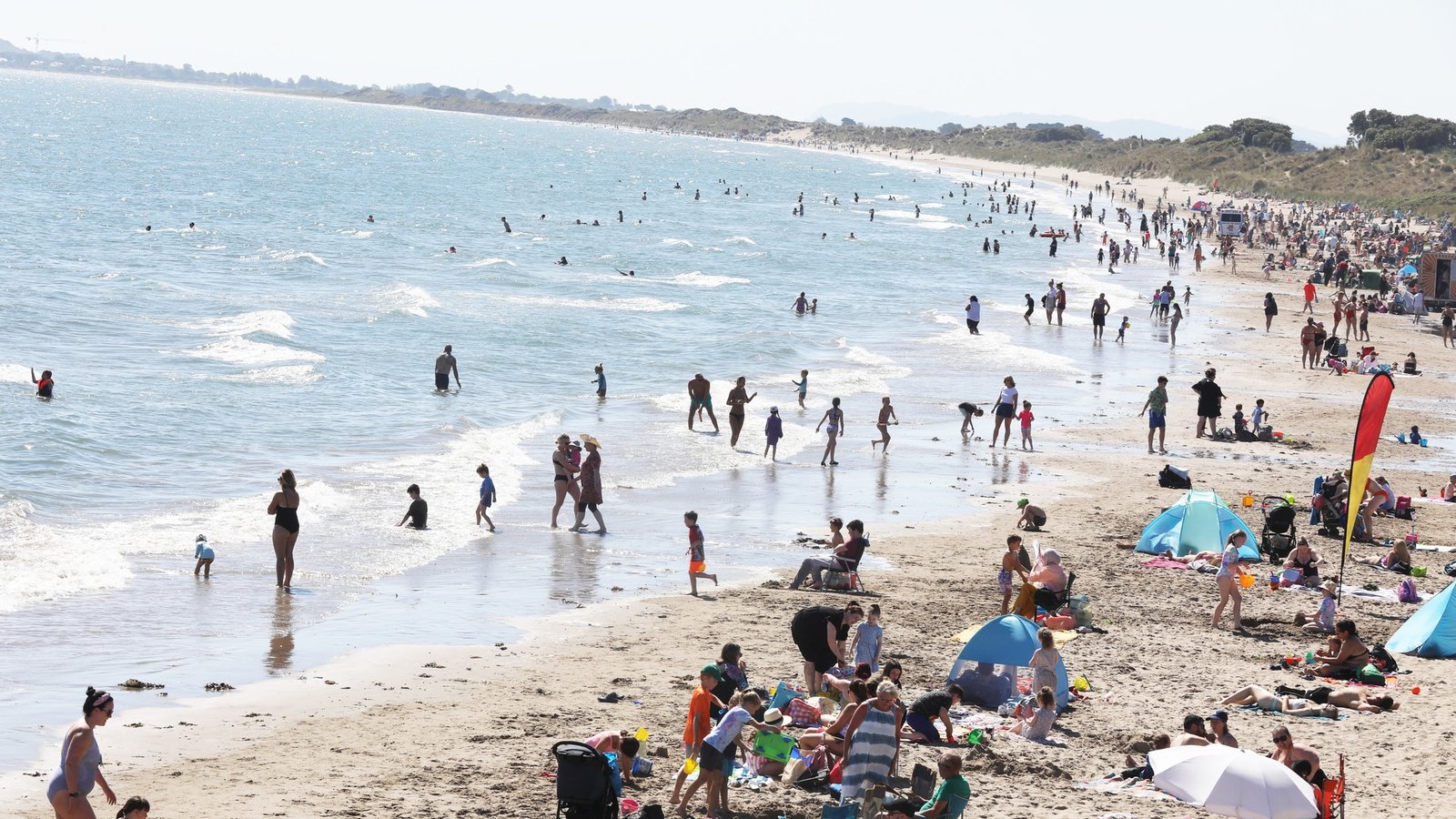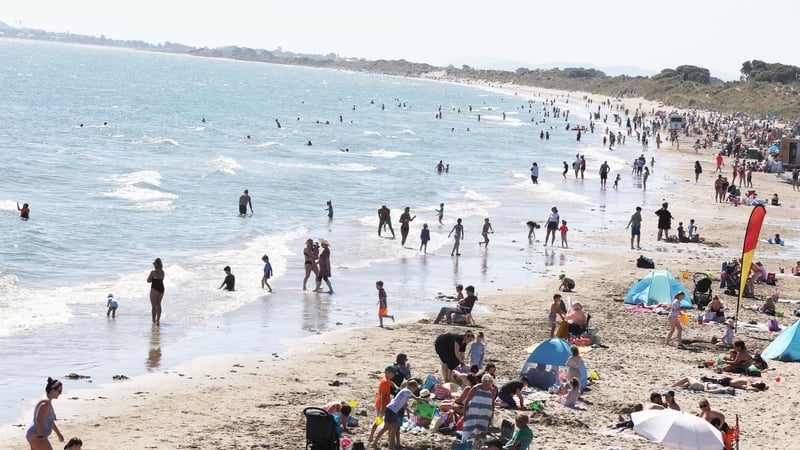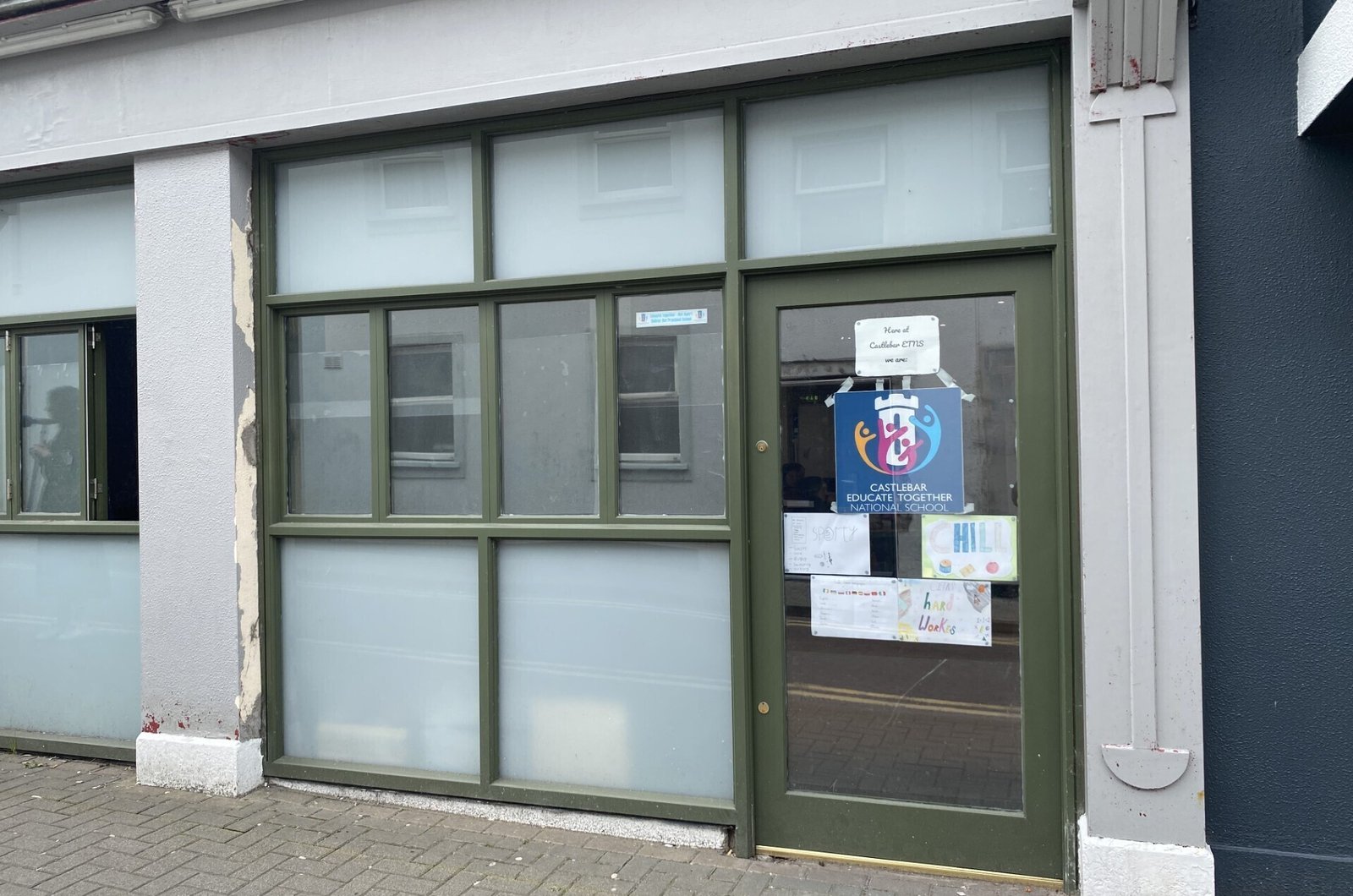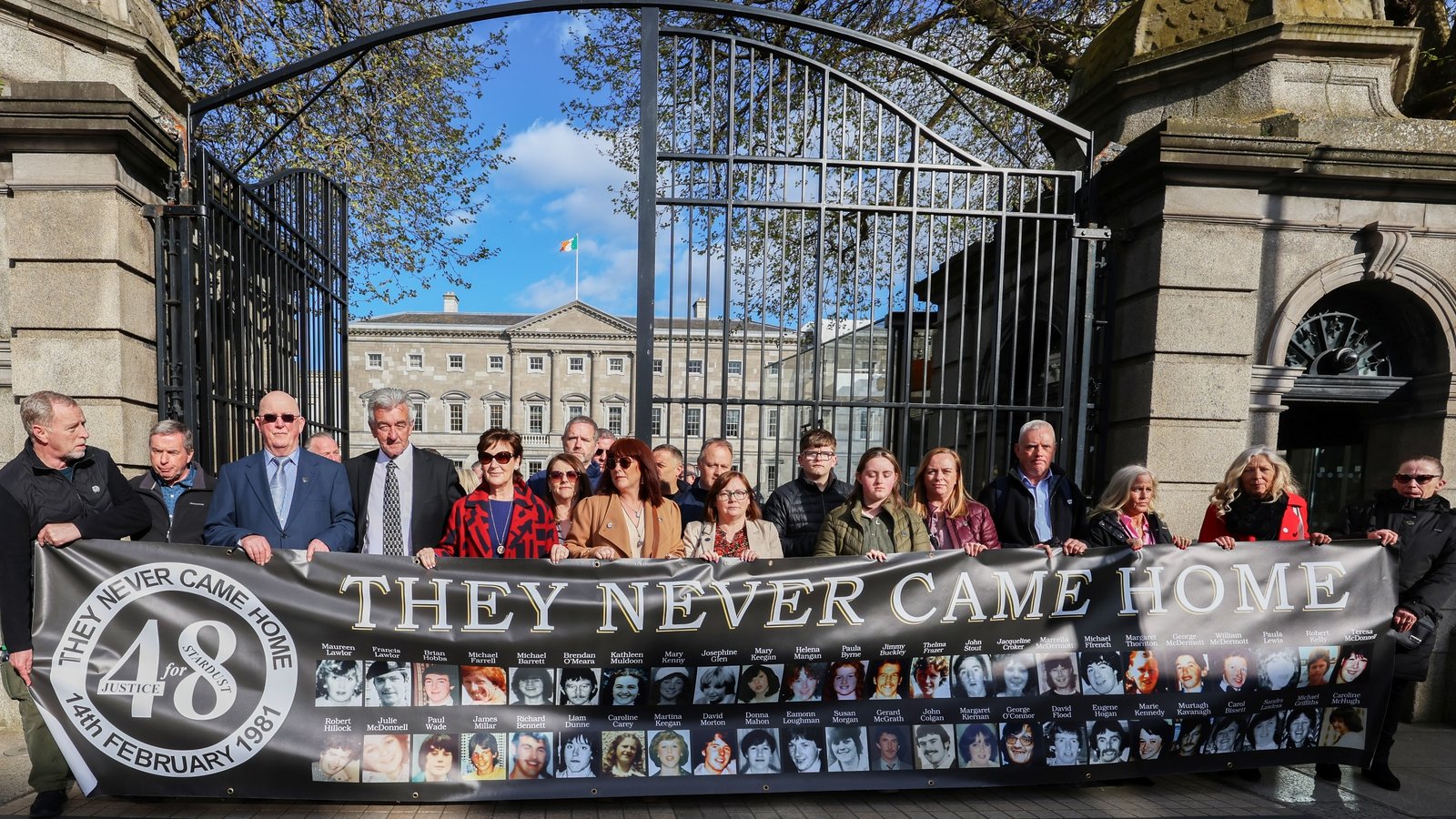Why Ireland can expect to see more extreme future heatwaves


Analysis: While average temperatures are rising, research shows that extreme temperatures are increasing at an even faster rate
By Andrew Parnell, Dáire Healy and Peter Thorne, Maynooth University and Jonathan Tawn, Lancaster University
If you were taking a stroll through Phoenix Park on Monday July 18th 2022 around 3.30pm I hope you were wearing suncream and had a hat on. You would have experienced a temperature of 33°C, the highest temperature ever recorded in Dublin. It seems that every year temperature records are being set. France, Belgium, Spain and the Netherlands have all had record temperatures set in the last five years.
But what’s the story for Ireland? Extreme weather events are not new to Ireland. Historical records from Met Éireann show significant extreme weather events such as the heatwave of June 1976, which saw temperatures reach 32.5°C in Boora, Co. Offaly, and the hot spell in June 2018, which recorded 32.0°C at Shannon Airport, Co. Clare.
Phoenix Park has provisionally broken highest 21st temperature record with 33.0°C which is Ireland’s highest of 2022 so far and 12.8°C above normal. This is only 0.3°C below the all-time 135 year old record set at Kilkenny Castle in 1887. 🧵 pic.twitter.com/PqVTxgSpYp
— Climate Services @ Met Éireann (@METclimate) July 18, 2022
These events were once considered rare but seem to be becoming more common and widespread. Our new publication shows how temperature extremes have changed in Ireland over the past 78 years, covering the period 1942 to 2020. We have developed new ways to capture variations over Ireland for extreme daily maximum temperatures and can shed light on the growing frequency, intensity and spatial spread of extreme temperatures in Ireland’s recent past.
Extreme events will always occur, even under no climate change. Every year, there is a small chance that we will experience a strange event and Met Eireann keeps a record of these. Climatologists usually measure extreme events through ‘return periods’; the number of years on average you would expect to experience an event. A one in 10 year event means you would expect to experience it once every 10 years, but it may occur slightly more or less often than this in reality.
We need your consent to load this rte-player contentWe use rte-player to manage extra content that can set cookies on your device and collect data about your activity. Please review their details and accept them to load the content.Manage Preferences
From RTÉ Radio 1’s Morming Ireland in July 2022, are extreme temperatures now a reality of life?
Our study reveals a marked change in the number of extreme temperature events in Ireland, with these changes being more pronounced than those in average temperature levels which we commonly read about. While average temperatures are rising, our work shows that extreme temperatures are increasing at an even faster rate. We also show that these events are covering a larger part of the country when they occur.
According to our estimates, a temperature event of 33°C (like that in Phoenix Park) has changed from being a one in 180-year event in 1942 to a one in nine year event in 2020. Furthermore, we estimate that a temperature in excess of 34°C (a value not yet recorded in Ireland) has changed from a one in 1,600-year event in 1942 to a one in 28-year event in 2020. We estimate that heatwave events over thresholds that are critical for society have become much more widespread, having at least doubled in size for 28°C, with this change increasing at more extreme temperatures.
Our research shows that the locations of extreme temperatures are not evenly spread across Ireland. Coastal areas have traditionally experienced milder climates due to the moderating influence of the Atlantic Ocean, but are now seeing significant increases in extreme temperatures. However inland areas, particularly in the Midlands, are experiencing the most substantial changes, with extreme temperature events becoming much more frequent and severe.
We need your consent to load this rte-player contentWe use rte-player to manage extra content that can set cookies on your device and collect data about your activity. Please review their details and accept them to load the content.Manage Preferences
From RTÉ News in June 2023, RTÉ Environment Correspondent George Lee reports on how Ireland has been saved from extreme heatwaves by North Atlantic ‘cold blob’
To develop our statistical model, we used a combination of weather station data and climate model information. This approach allowed us to address issues of missing station data while using the detailed physics captured by climate models. Our combination of these data sources means we are able to produce a comprehensive analysis of extreme temperature events.
Our approach not only enhances our understanding of extreme temperature events in Ireland but also provides a template for future climate research. This new method has been applied to Ireland but, with some adaptations, could be applied to any other country or continent. The method might even produce ‘extreme weather forecasts’ that enable us to prepare for events that might be hazardous to our health.
As extreme temperature events become more frequent and intense, it is vital to adopt measures to mitigate and adapt to these impacts
The implications of increased climate extremes are profound for Ireland, affecting public health, agriculture, economic stability, and infrastructure resilience. We need more research to understand how extremes in Ireland will change our lives. As extreme temperature events become more frequent and intense, it is vital for policymakers, planners, and stakeholders to adopt measures to mitigate and adapt to these impacts. The recently SFI-funded Climate+ Centre for Climate, Biodiversity and Water aims to answer some of these important questions.
Understanding and preparing for future extreme temperature events is essential for Ireland’s future resilience. On a sunny July day, we want to be able to stroll through the Phoenix Park without worrying about whether even more temperature records are being set. Don’t forget the suncream!
Follow RTÉ Brainstorm on WhatsApp and Instagram for more stories and updates
Prof Andrew Parnell is Hamilton Professor and Director of the Hamilton Institute at Maynooth University. He is currently a principal investigator in the SFI I-Form Advanced Manufacturing Centre; a Co-Applicant in the SFI-funded Climate+ Centre for Climate, Biodiversity and Water; a funded investigator in the MAREI SFI Research Centre for Energy, Climate, and Marine Research & Innovation; and a funded investigator in the SFI Insight Centre for Data Analytics. Dáire Healy is a researcher at the SFI Centre for Research Training in Foundations of Data Science at Maynooth University. Prof Peter Thorne is a Professor in Physical Geography (Climate Change) and Director of the Irish Climate Analysis and Research UnitS group (ICARUS) at Maynooth University. Prof Jonathan Tawn is Professor of Statistics in the Department of Mathematics and Statistics at Lancaster University.
The views expressed here are those of the author and do not represent or reflect the views of RTÉ





